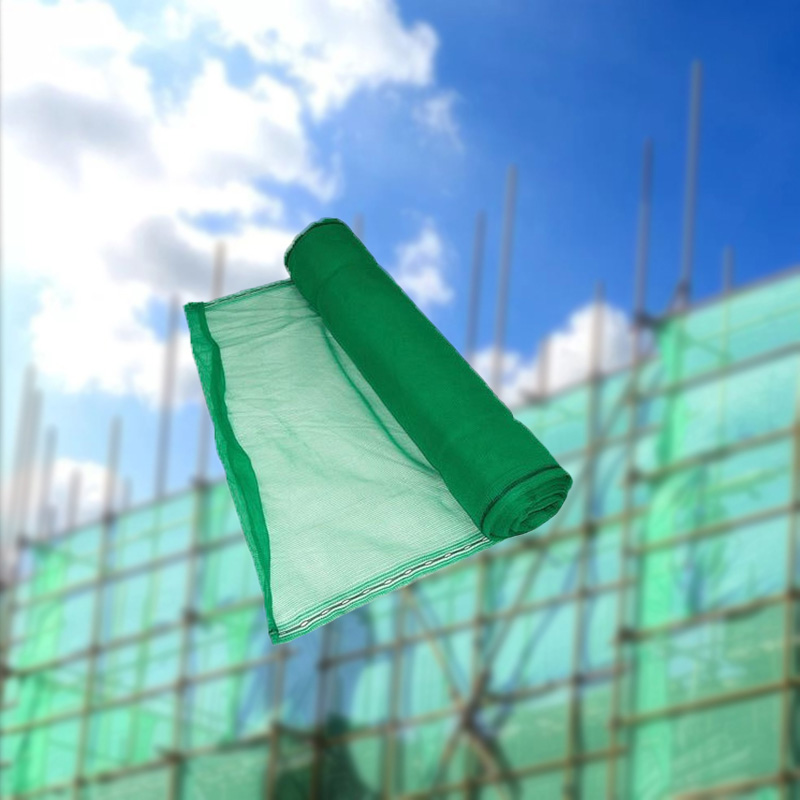Information about safety debris netting
2023-10-18
Safety debris netting, also known as construction debris netting or scaffold netting, is a type of netting designed to provide safety and protection on construction sites and other work areas where debris, tools, or materials might pose a risk to workers, pedestrians, or the environment. It is commonly used in construction, renovation, and maintenance projects. Here's some information about safety debris netting:
1. Purpose: The primary purpose of safety debris netting is to contain debris and prevent objects from falling off scaffolding, elevated work platforms, or other construction structures. It serves as a safety measure to protect workers, passersby, and the surrounding environment from potential hazards.
2. Material: Safety debris netting is usually made from durable materials such as high-density polyethylene (HDPE) or polypropylene. These materials are strong enough to withstand the stresses of construction environments and can resist tearing or degradation caused by exposure to weather and UV radiation.
3. Mesh Density: The netting's mesh density refers to the size of the openings in the net. It's designed to be fine enough to contain small debris and tools while still allowing air circulation and some visibility through the net.
4. Installation: Safety debris netting is installed around scaffolding, construction sites, or other areas where debris might fall. It's usually attached using hooks, ties, or other fastening methods. Proper installation ensures that the netting is securely attached and covers all potential hazard areas.
5. Benefits:
- Fall Protection: The primary benefit of safety debris netting is fall protection. It prevents tools, construction materials, and debris from falling and potentially causing injuries to workers or bystanders below.
- Environmental Protection: Safety debris netting also helps contain dust, debris, and other particles within the construction site, reducing the impact on the surrounding environment.
- Regulatory Compliance: Many construction regulations and safety standards require the use of debris netting in areas where there's a risk of falling debris.
6. Variations: Safety debris netting comes in various colors and sizes to suit different types of projects and environments. Some netting is designed with specific features, such as flame resistance, to comply with safety regulations in certain industries.
7. Maintenance: Regular inspection and maintenance of safety debris netting are important to ensure its continued effectiveness. Any tears, fraying, or damage should be promptly repaired or replaced.
8. Customization: Safety debris netting can often be customized to fit the dimensions of a specific construction site or project. Customization might include specifying the size of the net, its color, and any additional features needed.
9. Usage Areas: Safety debris netting is commonly used in construction sites, building facades, bridge repair and maintenance, scaffolding, elevated walkways, and other situations where there's a risk of falling debris.
Using safety debris netting is a proactive way to promote workplace safety and minimize the potential hazards associated with construction activities. It's an essential component of maintaining a secure work environment for both workers and the public.



